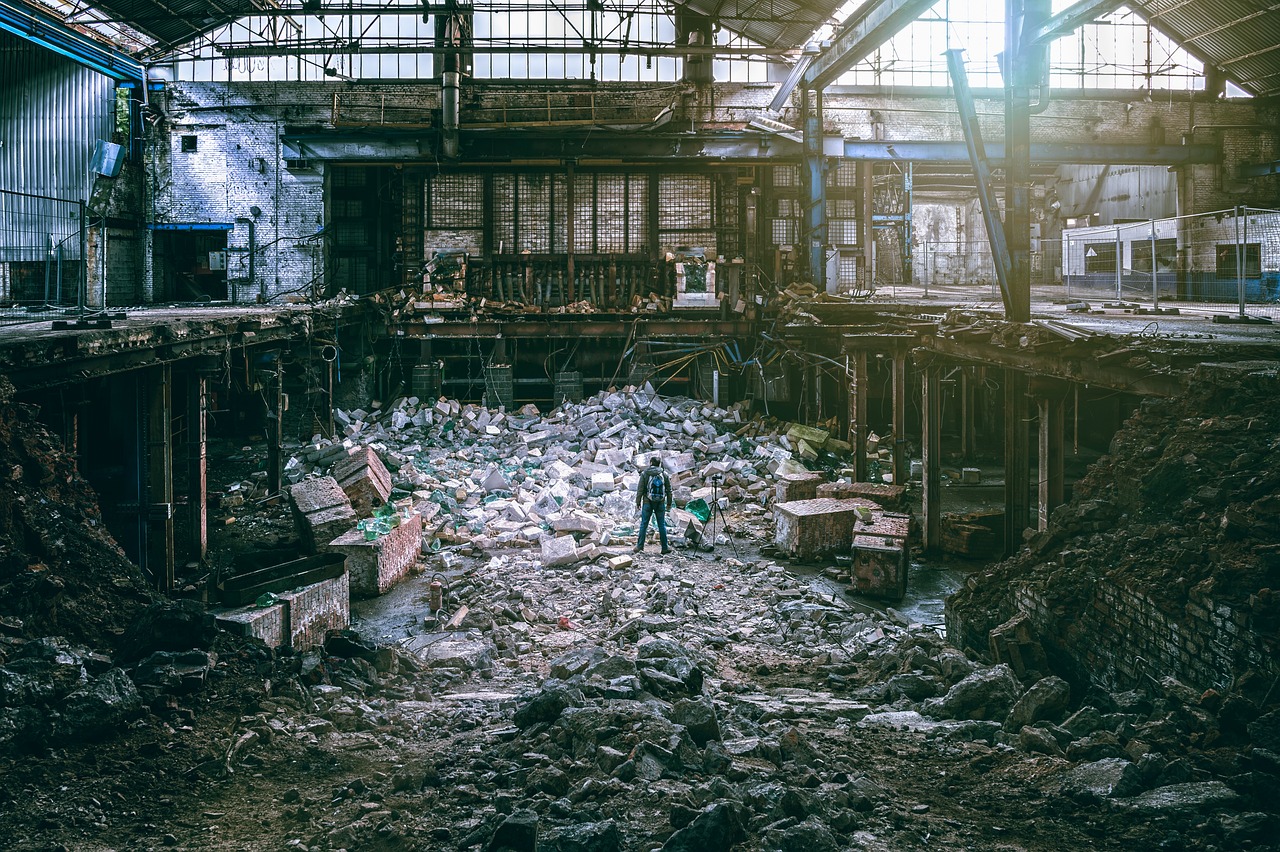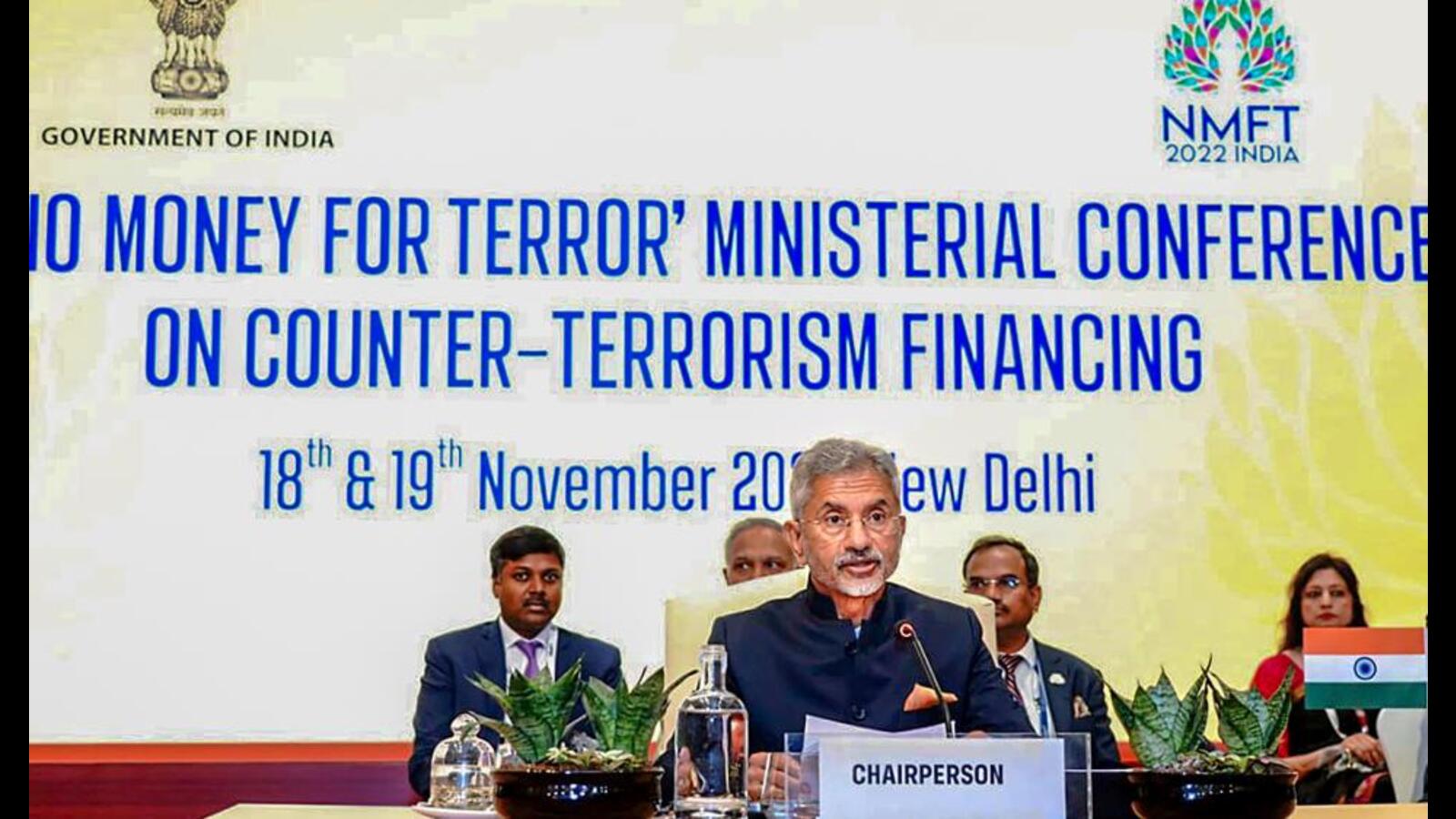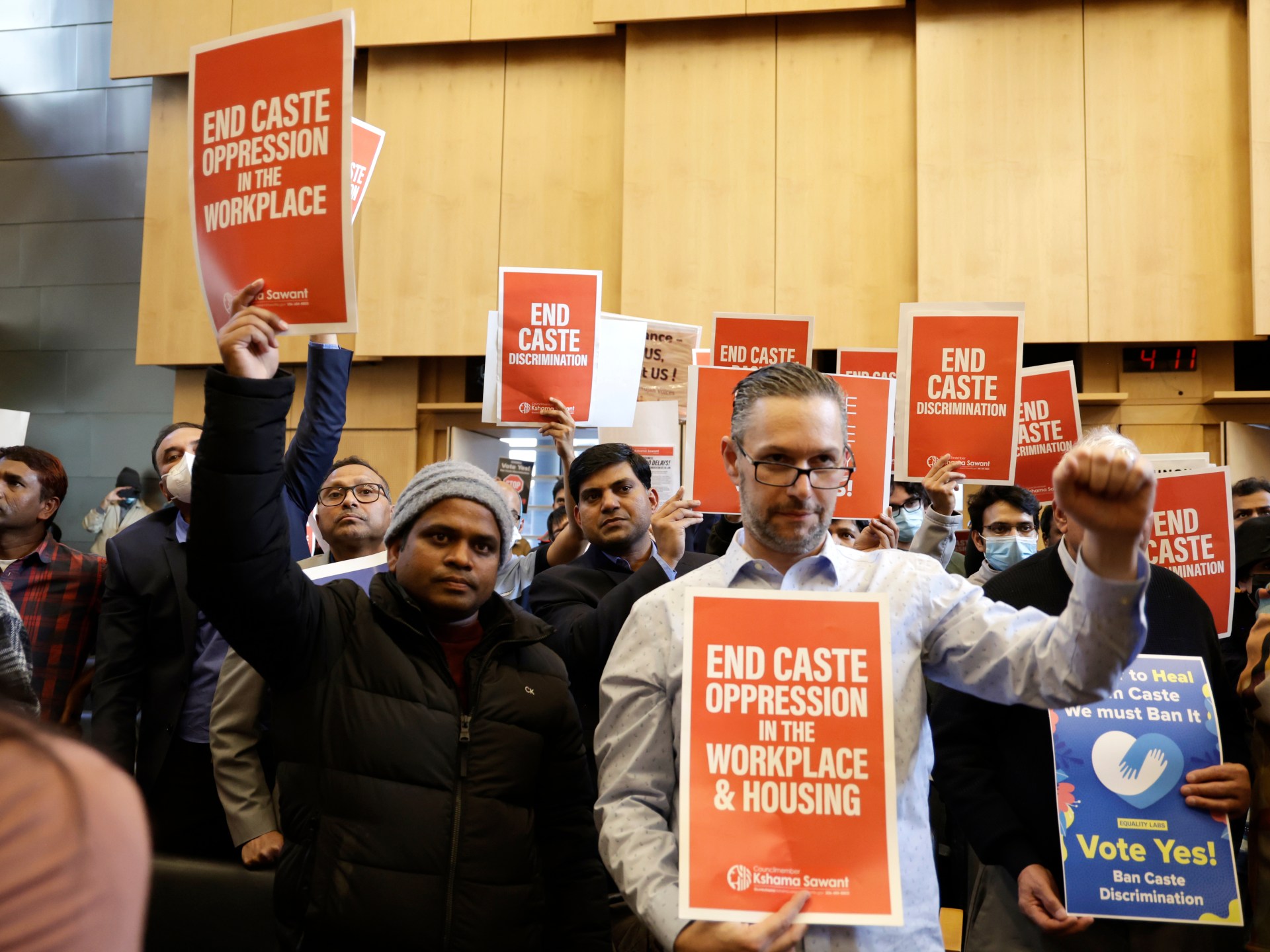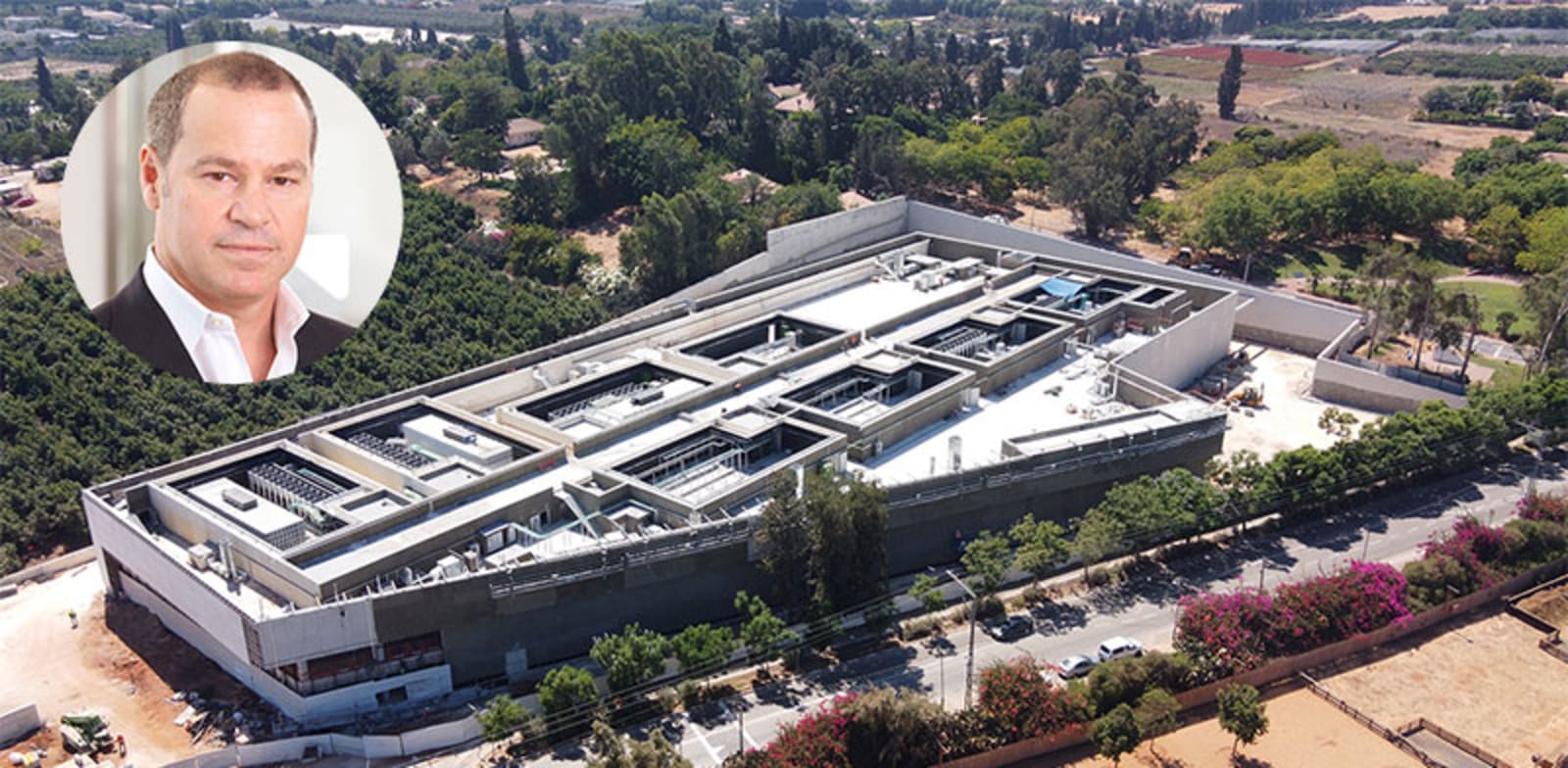The story of a sleazy lawyer’s descent into amorality pulled off one of the most meaningful series finales in recent history by becoming the one thing none of us dared hope for: a redemption story.
AMC
This essay is part of our series Episodes, a monthly column in which TV Critic Valerie Ettenhofer digs into the singular chapters of television that make the medium great. This time she’s revisiting the finale of Better Call Saul.
Better Call Saul may be one of the greatest TV long cons of all time. By the end of its six-season run this year, the series had pulled off a trick worthy not just of Slippin’ Jimmy but of the king of bait and switches himself, Saul Goodman. That is to say, when Vince Gilligan and Peter Gould’s series premiered in 2015, we all thought we knew what we were getting: a bridge story between a potentially decent guy named Jimmy McGill (Bob Odenkirk) and the slimy showboat rat of a lawyer he would one day become. Simple, right?
Gilligan and Gould played the long game for years in a gambit that had about as many moving parts as Jimmy and Kim’s (Rhea Seehorn) slow-motion destruction of their former coworker, Howard Hamlin (Patrick Fabian). With every Saul-like wink and moment of further moral slippage, the show encouraged us to point and speculate: that’s when Jimmy finally became Saul. But in the end, Better Call Saul wasn’t about that at all.
None of us really truly knew what kind of story Better Call Saul would be until it ended, and “Saul Gone,” the show’s masterful series finale, turned out to be neither a tragic end nor a bitter goodbye. Miracle of miracles, it turns out this was a redemption story all along. It’s not about Jimmy becoming Saul, but about Saul shedding his gaudy suit jacket to become who we always hoped, deep down, he could be — someone worthy of Kim Wexler’s love and ours too.
“Saul Gone” doesn’t clue us into its master plan right away. Like many of its episodes, which unfurl slowly and methodically before showing their cards in a pacing method that seems entirely distinctive to Gilligan and Gould, it kept us in the dark. The scenes in which Jimmy goes full Saul here are convincing and upsetting. When he climbs into a dumpster to escape police capture, he’s his basest self, losing every shred of dignity he had left for the sake of an obviously foolish plan. But it’s later, when he sits at a negotiating table across from Marie Schrader (Betsy Brandt), that Jimmy is at his most irredeemable.
Is this the most vicious we’ve ever seen Jimmy? No, that would be one episode earlier, when he menaced Carol Burnett with a phone cord and considered digging through an urn of dog ashes for valuables. That happened to Gene Takavic, a man who it’s easy for us to believe isn’t quite the guy we know because he seems so dead set on compartmentalizing these identities for himself. But there’s no compartmentalizing when he sits across from the widow of the man whose death he helped facilitate and explains why he deserves leniency.
He says that he was scared of Walter White and that his participation in the crimes that could carry a life sentence was all under great duress. He says that he’s still scared of Jesse and his associates. Jimmy puts on a show, one of the most convincing of his life. We don’t quite believe he’s doing this for any reason but to save his skin, and neither does Marie, but her expression softens a bit despite herself. Then the punchline hits like a punch to the stomach. “And you think jurors are gonna buy that?” the lawyer says. “One,” Jimmy answers, dropping the sincere emotion instantly. “I just need one.”
It’s a scene that’s not just jarring but sickening, and at first, it’s hard to pinpoint just why. On rewatch, it’s clear to me that it’s not because this is the meanest thing Jimmy’s ever done, nor the most compelling lie he’s told. It’s neither, but it is a collision of the two halves of himself that he’s never let out in public before. This isn’t Gene or Saul being an asshole to people who don’t know Jimmy. This isn’t the slow slide towards amorality that Kim or Chuck (Michael McKean) pick up on in increments, too fleeting to point out most days. This is Jimmy revealing his worst self once and for all, convinced there’s no way out and no reputation left to preserve. This is Ted Bundy fessing up before his execution, only Jimmy reveals all his nastiest parts in a last-ditch effort to save his own skin. It’s disorienting and distressing to see the curtain unceremoniously fall away to reveal the man behind it.
“Saul Gone” would have been a fantastic finale, even if the only feeling it had given us was one of relief. The relief that Kim’s alive and well, or that a sliver of Jimmy is still shining through his facade. That would’ve been enough. But instead, the series here morphs into one of the rarest and most difficult things an ending can be: a story of absolution. The shift comes when Jimmy finds out that Kim turned herself in for Howard’s murder, but we don’t see the fruits of his erratic labor until he’s on the stand in front of a courtroom. After everything, that’s still where Jimmy does his best work.
After the finale, Gould told AMC Talk that he and Gilligan spoke about Jimmy’s story as a parallel to A Christmas Carol. In Charles Dickens’s classic tale, Ebenezer Scrooge is moved by three ghosts who give him wisdom and warning. “Saul Gone” has its ghosts too, and Jimmy asks each of them the same question: what would you do with a time machine? Mike (Jonathan Banks) says he’d go back to the first day he took a bribe and into the future to check on his loved ones. Walt (Bryan Cranston) says he’d go back to the day he lost his company. His dear brother, Chuck, who Jimmy loved despite all but killing him, didn’t answer but shared a bit of wisdom instead. “If you don’t like where you’re heading, there’s no shame in going back and changing your path,” he said.
So that’s what Jimmy did, his hand to a bible with Kim as his witness. He gave one last impassioned speech, only this time, it was the truth. At first, it sounds like Walt’s own finale admission that he liked cooking meth and was good at it. But this is something different. This is something heart-expanding. This is the long con, revealed, and that revelation? It was all about love, baby. Once the truth starts coming out of him, Jimmy can’t seem to stop it. He calls Kim brave and calls Chuck brilliant. He gets the love of his wife off the hook while implicating himself in a life sentence worth of crimes all over again. Then, before he rests his case, he makes a correction: it’s Jimmy, not Saul.
Series finales, as I said, are rarely truly about redemption. They can be about loose ends, happy endings, or consequences, but the feeling of trying to be a better person simply isn’t quantifiable enough to show on screen often and well. Not in this case, though. The courtroom scene in Better Call Saul leaves us with a feeling like the round of applause after a baptism, but it’s not done yet. Relief and redemption would’ve been enough, but we’re given one last gift: a flicker of hope.
In the show’s last five minutes, we see Jimmy in prison. We know nothing of his life there except that the inmates know him as Better Call Saul, and his work cutting deals for criminals makes him like a god to them. Yet when Kim comes in to see him, it’s like his whole world shifts. As directed by Gould and shot by Marshall Adams, the gauzy shadows of the cell bars are suddenly beautiful. He and Kim sit side by side like a stylish pair of crooks from the film noir they spent hours watching together on their couch. When she sneaks a cigarette for him and wordlessly lights it, the wisp of smoke drifting upwards between their gaze as he holds her hands steady, it’s the sexiest the show has ever been. There’s heady romance here, conveyed in every gesture and glance between these two actors who have embodied these characters perfectly for years. There’s also history; this scene mimics their first together, a much less significant shared smoke break in the pilot.
When Kim leaves Jimmy, after a brief but loaded conversation about his sentence (“86 years”) and his future (“With good behavior, who knows?”), we don’t know what’s on her heart and her mind. She sniffles a little as she walks outside, and when Jimmy shoots finger guns in her direction, she doesn’t respond. Is this a goodbye or a see you later?
At least we know this much: Jimmy’s world has been black and white for so long, but when Kim lights his cigarette, color comes back into his life again. It’s just a flicker of red, a warm, comforting glow that could be extinguished with the tap of a hand, but it’s there. Like a name reclaimed, a love rekindled, or a long con that ends in hope, it’s there.
Related Topics: Better Call Saul, Episodes

Recommended Reading
















